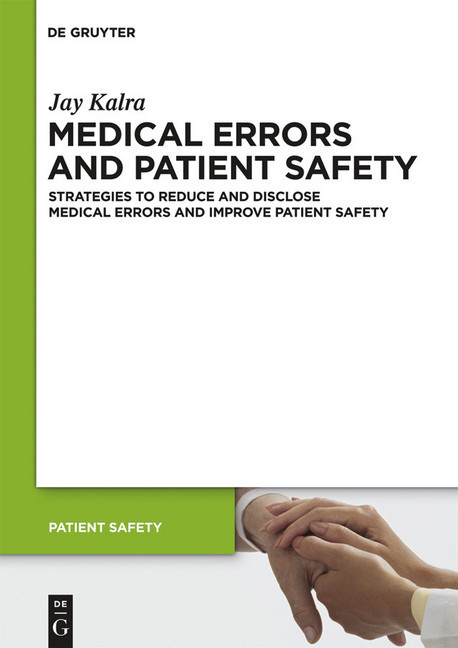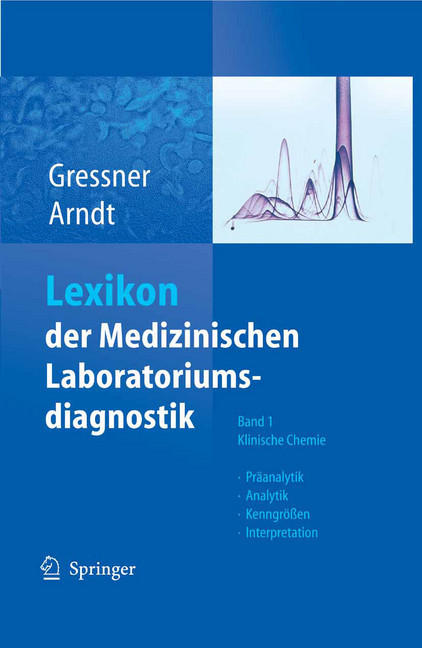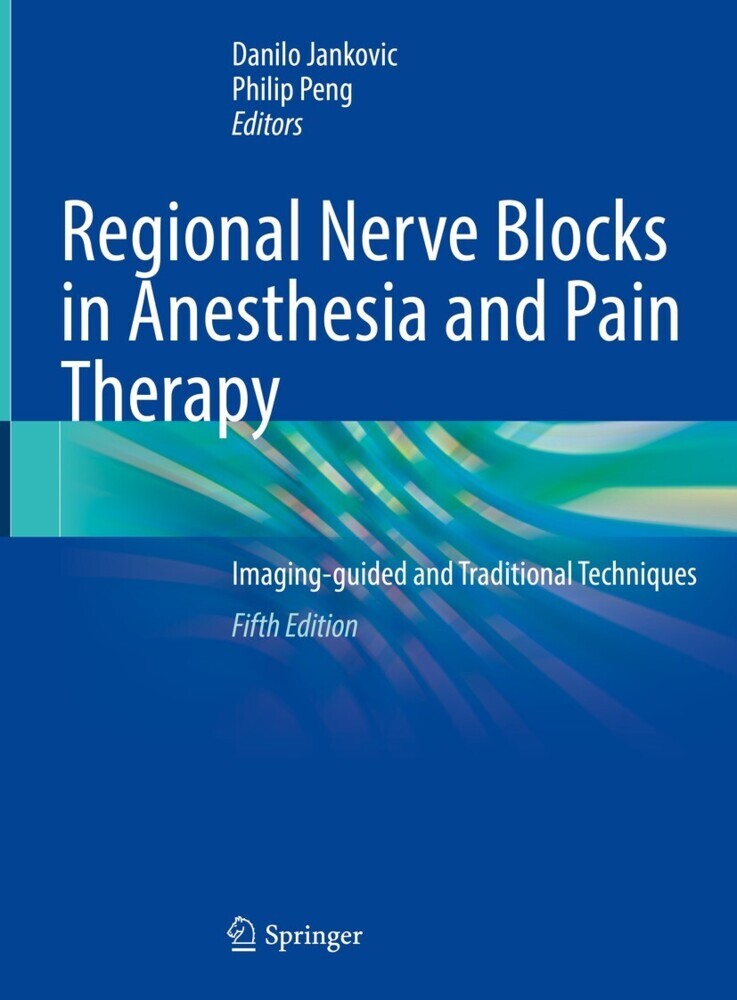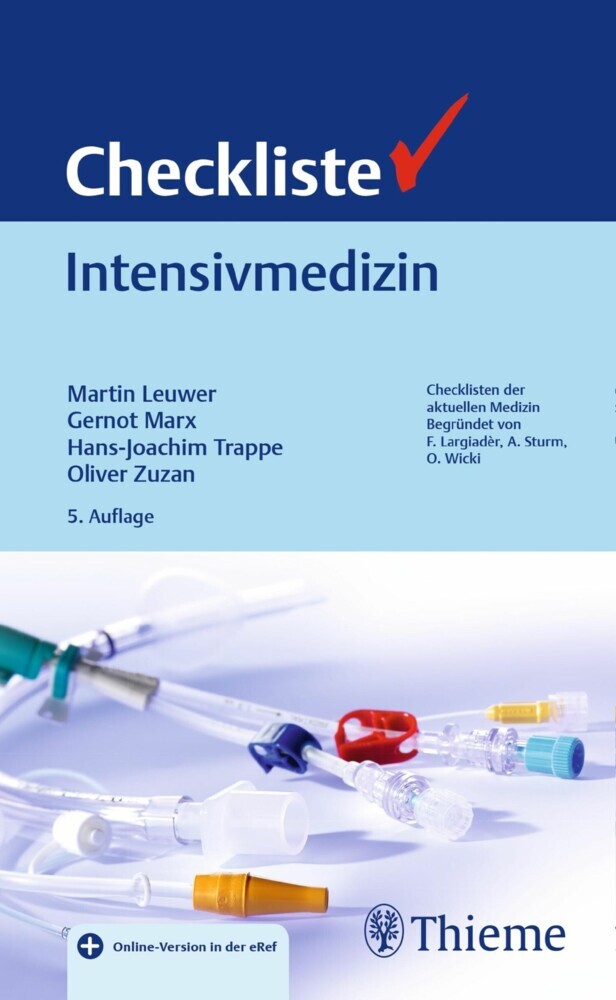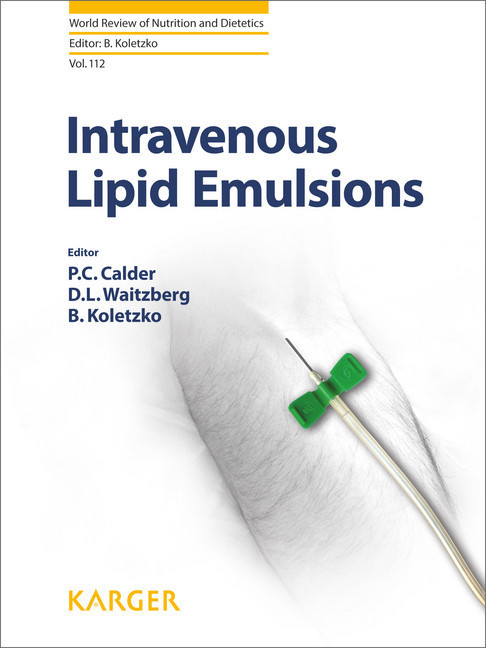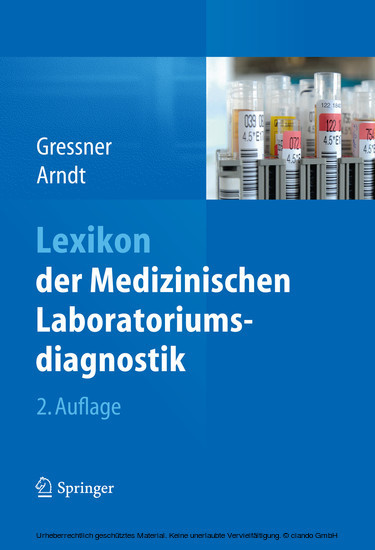Medical Errors and Patient Safety
Strategies to reduce and disclose medical errors and improve patient safety
Medical Errors and Patient Safety
Strategies to reduce and disclose medical errors and improve patient safety
This book shows with real cases from health care and beyond that most errors come from flaws in the system. It also shows why they don't get reported and how medical error disclosure around the world is shifting away from blaming people to a ? no-fault ? model. The book will examine issues that stymie efforts made to reduce preventable adverse events and medical errors, and will moreover highlight their impact on clinical laboratories and oth er areas. It identifies possible intelligent system approaches that can be adopted to help control and eliminate these errors.
Jay Kalra , College of Medicine, University of Saskatchewan, Canada.
1;Contents;8
Jay Kalra , College of Medicine, University of Saskatchewan, Canada.
1;Contents;8
2;Acknowledgments;10
3;About the author;12
4;Abbreviations;14
5;1 An overview and introduction to concepts;16
5.1;1.1 Introduction;16
5.2;1.2 Medical error;17
5.3;1.3 Magnitude and epidemiology of health care errors;19
5.4;1.4 Conclusion;23
6;2 Perceptions of medical error and adverse events;26
6.1;2.1 Introduction;26
6.2;2.2 Perceptions by physicians;27
6.3;2.3 Perceptions by the public;28
6.4;2.4 Perceptions by health care staff;30
6.5;2.5 Perceptions by medical students;32
6.6;2.6 A sociological perception of medical error;34
6.7;2.7 Conclusion;35
7;3 Causes of medical error and adverse events;38
7.1;3.1 Introduction;38
7.2;3.2 The cognitive influence on error-generating behavior;42
7.3;3.3 Conclusion;43
8;4 Medical error and strategies for working solutions in clinical diagnostic laboratories and other health care areas;46
8.1;4.1 Introduction;46
8.2;4.2 Clinical diagnostic laboratories;47
8.3;4.3 Errors in different stages of analysis;49
8.4;4.4 Strategies for identification and prevention of errors;51
8.5;4.5 Errors in emergency medicine;53
8.6;4.6 Errors in intensive care medicine;56
8.7;4.7 Conclusion;60
9;5 Creating a culture for medical error reduction;66
9.1;5.1 Introduction;66
9.2;5.2 Education and professional development;67
9.3;5.3 Error reporting systems;72
9.4;5.4 Leadership and regulatory issues;74
9.5;5.5 Establishing a quality care council;75
9.6;5.6 Emotional impact of errors on health care professionals;76
9.7;5.7 Conclusion;76
10;6 Improving quality in clinical diagnostic laboratories;80
10.1;6.1 Introduction;80
10.2;6.2 Efforts and programs to ensure quality in clinical diagnostic laboratories;81
10.3;6.3 Proficiency testing in clinical laboratories;84
10.4;6.4 External quality assessment and proficiency testing programs;85
10.5;6.5 "No-fault" model;87
10.6;6.6 Conclusion;88
11;7 Barriers to open disclosure;92
11.1;7.1 Introduction;92
11.2;7.2 How to disclose;92
11.3;7.3 Disclosing errors to multiple patients;93
11.4;7.4 Bioethical viewpoints;94
11.5;7.5 Patient-physician relations;95
11.6;7.6 The dilemma of an apology;96
11.7;7.7 Barriers to full disclosure;98
11.8;7.8 Conclusion;99
12;8 International laws and guidelines addressing error and disclosure;102
12.1;8.1 Introduction;102
12.2;8.2 Disclosing preventable adverse events;102
12.3;8.3 International progress and initiatives;103
12.4;8.4 Conclusion;107
13;9 The value of autopsy in detecting medical error and improving quality;110
13.1;9.1 Introduction;110
13.2;9.2 Error in diagnostic medicine;110
13.3;9.3 Missed diagnosis and discordance;111
13.4;9.4 The value of autopsies;112
13.5;9.5 Autopsy decline and strategies to encourage autopsy;113
13.6;9.6 Conclusion;114
14;10 Total quality management, six-sigma, and health care;118
14.1;10.1 Introduction;118
14.2;10.2 New issues, newer solutions;119
14.3;10.3 The six-sigma structure;121
14.4;10.4 Six-sigma in clinical diagnostic laboratories;123
14.5;10.5 Conclusion;124
15;Index;126
Kalra, Jay
| ISBN | 9783110249507 |
|---|---|
| Artikelnummer | 9783110249507 |
| Medientyp | E-Book - PDF |
| Copyrightjahr | 2011 |
| Verlag | Walter de Gruyter GmbH & Co.KG |
| Umfang | 121 Seiten |
| Abbildungen | 10 schw.-w. Abb., 10 schw.-w. Tab. |
| Sprache | Englisch |
| Kopierschutz | Digitales Wasserzeichen |

